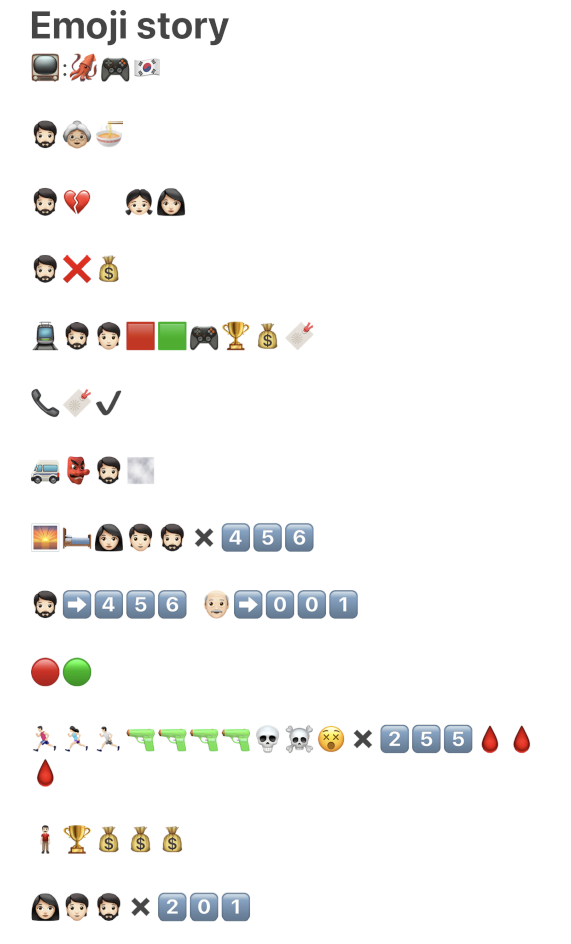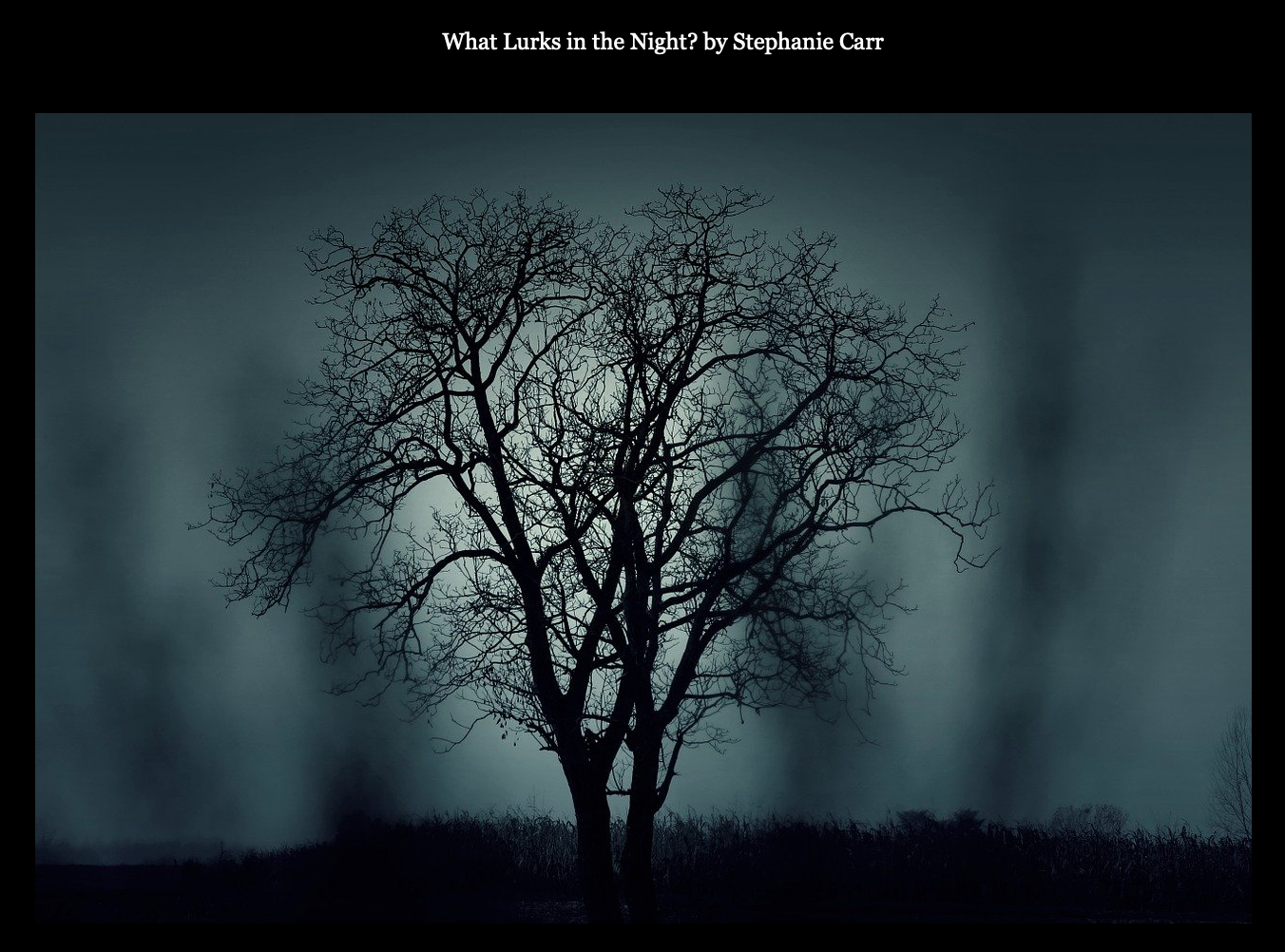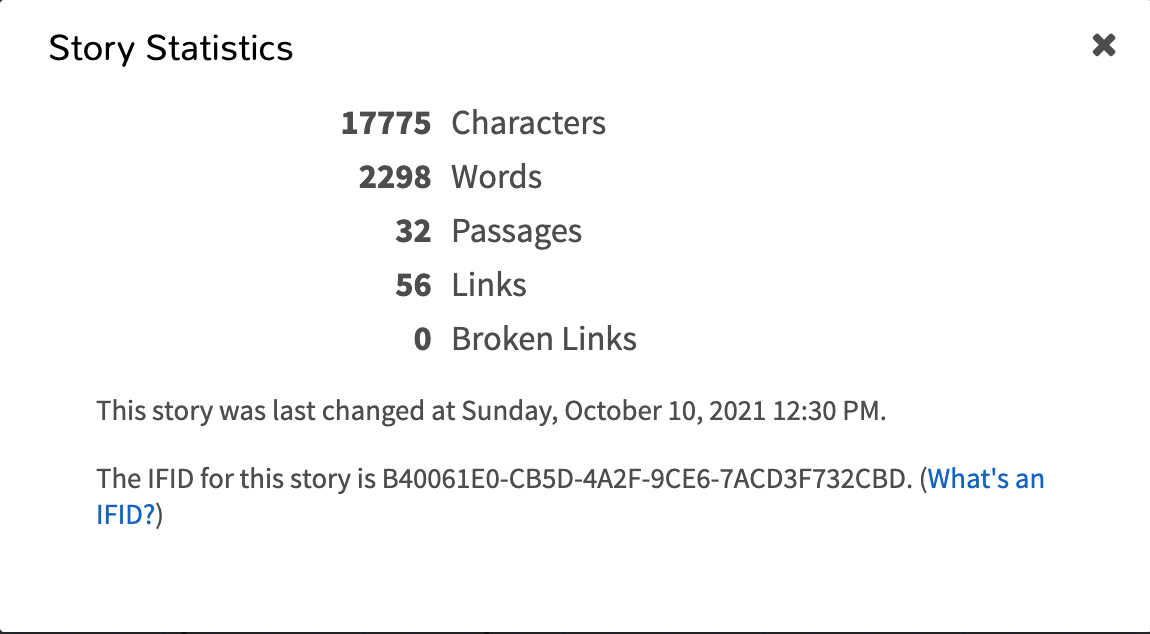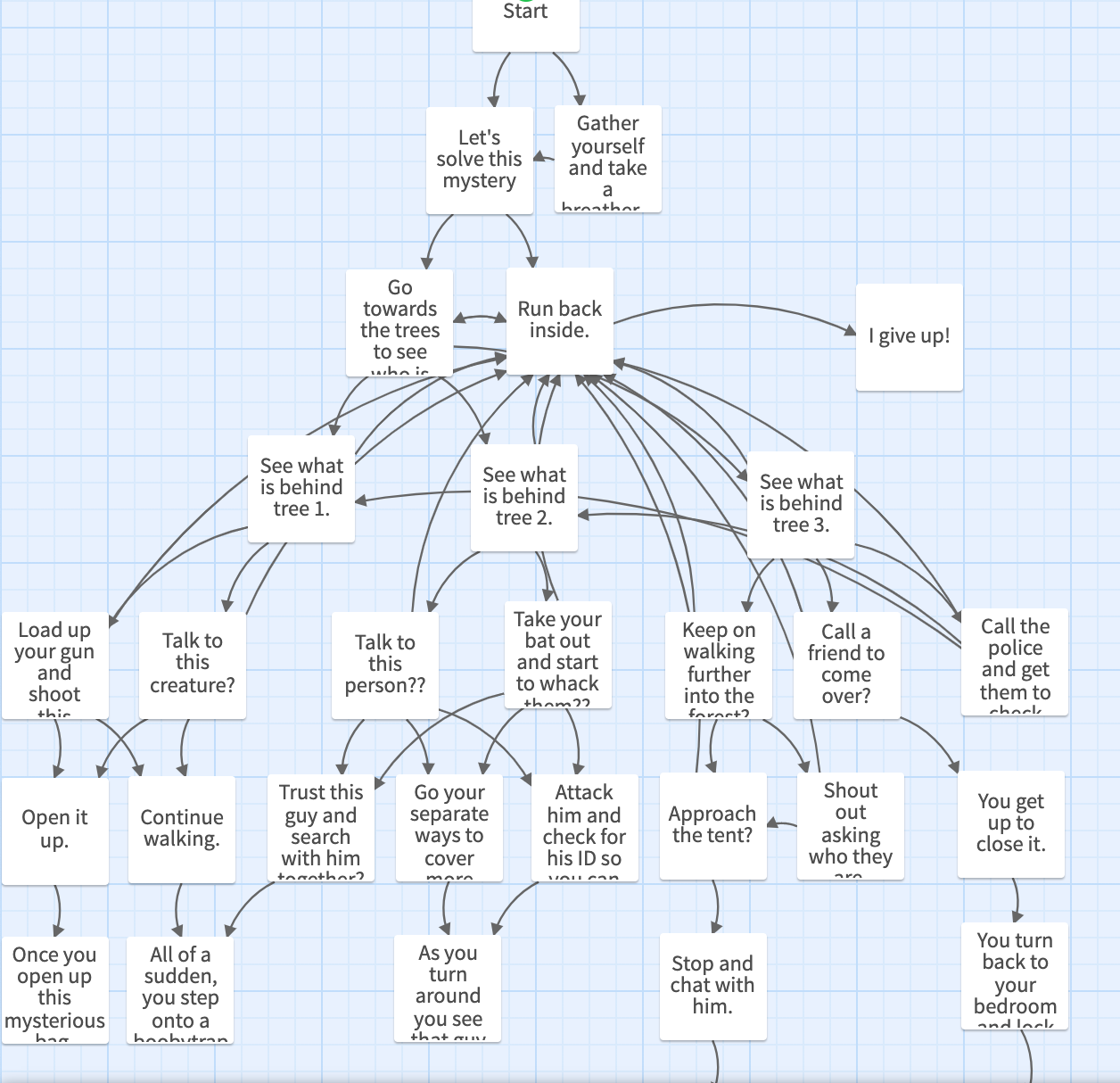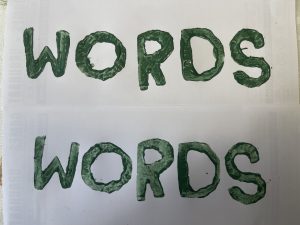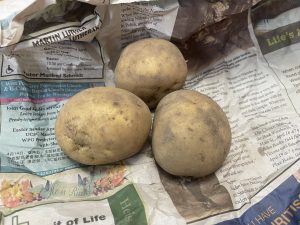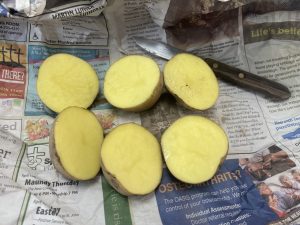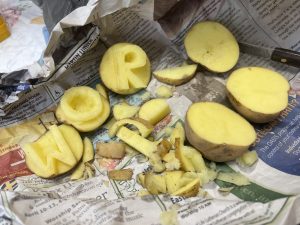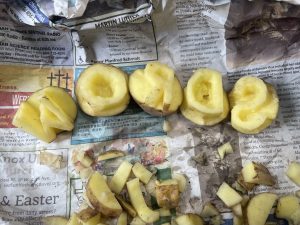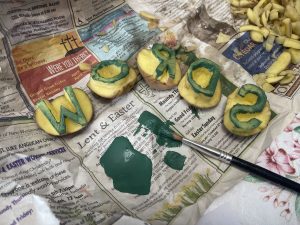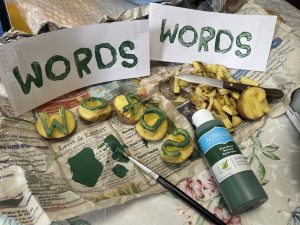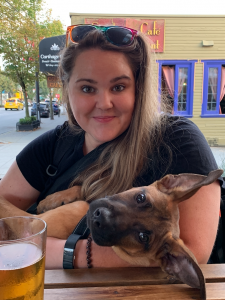
My name is Stephanie Carr and I am taking two courses this semester: ETEC 540 and ETEC 565b. Time sure does fly because this will be my last semester in the MET program. I live on the traditional, ancestral, and unceded territories of the xʷməθkʷəy̓əm (Musqueam), Skwxwú7mesh (Squamish), and Sel̓íl̓witulh (Tsleil-Waututh) Nations in Vancouver, B.C. At home, I live with my dog, Oslo, and my parents. Recently my grandma, who lived with us, passed away so we are all trying to adjust into this transitional phase which shifted our family dynamics.
Professionally, I am a Kindergarten teacher who teaches on the traditional, ancestral, and unceded territories of the sc̓əwaθən məsteyəxʷ (Tsawwassen) and xʷməθkʷəy̓əm (Musqueam) First Nations and all of the Hul’qumi’num speaking people which is located in Delta, B.C. The inner city school that I work at consists of many low socioeconomic and ELL families, and a numerous number of students with behavioural and learning challenges.
For this task, I decided to use my everyday bag that I have been taking back and forth to work. Normally I would have a purse, as well, however, I thought it would be more convenient to put my wallet in this Lululemon backpack instead.
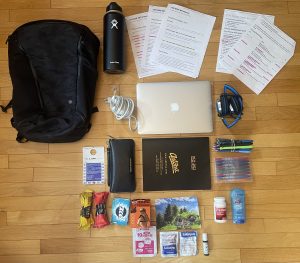
In this backpack, I carry the essentials for what I need every day.
I have:
o a Hydro Flask water bottle
o papers for ETEC 565b
o papers for ETEC 540
o a MacBook Pro laptop
o the charging cable for the laptop
o Ailihen headphones
o a bundle of Paper Mate Ink Joy 0.7 pens (red, yellow, orange, light green, dark green, turquoise, light blue, dark blue, royal blue, pink, fuchsia, purple, brown, and black)
o a yellow highlighter
o Remove by Friction 0.5 pens (red, orange, green, light blue, dark blue, pink, purple, black)
o an Artona 2021-2022 Monthly Planner
o my Michael Kors wallet
o a handicap sign
o 4 Nescafe French Vanilla powder packets
o 4 Nescafe Original powder packet
o 2 pack of Excel gum (peppermint and spearmint)
o KT Tape
o a hobbit house postcard
o Extra Strength Tylenol
o Secret deodorant (Completely Clean)
o 10 cool down cloths
o 2 packs of Salonpas (pain relieving patches)
o a WWMS (Wild Woman Medicine Show) Sharman Infused Headache Relief roller (mint).
What is your daily need for the items in your bag? How might these items be considered “texts” and what do they say about you, the places you inhabit, the cultures with which you engage, and/or the activities you take up?
All of the items in my bag show viewers a snippet of who I am as an individual, what I like, what I need, and what I do. The computer (and charger) indicate that I am studious and use technology to get work done. The headphones suggest that I either listen to music, watch videos, and/or perhaps just need to omit any distracting sounds that are present while doing homework. These items are brought back and forth from home to work just in case I have time at lunch, on my prep, or if I plan to stay after school to do homework.
The printed sheets of paper reveal that I am enrolled in two courses. I have these papers in my bag as they keep me on track. I tick off any books read or assignments completed which then makes me feel accomplished. The monthly planner indicates that I may use this planner for organization and to ensure that assignments are completed. I write down all important dates for work and for school. Once they are completed, I use a checkmark to identify that those tasks are completed. The coloured pens suggest that I like to be organized, colour coded, and enjoy writing down things opposed to using an online calendar. However, not only do I have my life schedule written down in this planner, I also have it in my iCalendar on my phone just in case I want to check a due date while I am lying in bed in the dark and do not want to get up to check my planner. As well, the packets of Nescafe may suggest that I need some caffeine, however, these were given to us at our last staff meeting at work. I have not tried them yet but do plan on it.
There are also many items that indicate that I may have some underlying health issues and need to reduce pain. Items such as the KT Tape which is used for taping my ankle or back. I never know when I need the tape so it is good to have it with me. The Salonpas, which are patches used to relieve muscle pain, are put on my back and neck. Most days I put it on in the morning before work, however if I forget to put it on or I develop more muscle aches while at work, it is always good to have a backup. Tylenol is used when headaches and pain are bothering me on the go. The roll on headache relief stick is used when my headaches are way too much for me to handle and the Tylenol is not eliminating the pain. Then there is the handicap sign. Yes this sign is, in fact, mine. Over the years, I have had to endure three spinal cord surgeries and there have been times where accessibility is challenging. Even now, I still use this pass on those rough days when I am in so much pain that walking is unbearable, however, on those good days, I park in spaces that are for everyone.
The Excel gum and the Completely Clean deodorant may suggest that I like to smell fresh and clean. This is the truth! Normally I do not carry deodorant around, however on the first day back to work, I felt like I needed to reapply deodorant as I was sweating so much from running around and keeping the students under control. I figured that I might as well keep it in my bag since this year was starting to feel like it was going to be an active one. That pink and white package consists of cooling gel pad towels that my friend’s mom gave me while we were on a trip this summer. She noticed that I was very hot all the time and decided to put one of these on my neck. It surprisingly worked and cooled my body down. She then let me keep the pack to use if I needed it again.
There is also a postcard that has a picture of a hobbit house I stayed at in the summer. I did not realize it was still in my bag, however I was really happy when I saw it. It reminded me of my summer trips I took around British Columbia and all the fun I had. This place was so cool as it was an earth house. It was inspired by the Lord of the Rings and had many decorative details that matched the theme.
Finally there is my Michael Kors wallet and the Lululemon backpack that holds all of these items. My wallet contains all of my bank cards, points cards, 2 gift cards (Safeway and White Spot), $50, and many receipts: Costco, places from my last trip to Tofino (distillery, clothing store), dollar store, Banana Grove grocery store, gas station, North Island Wildlife Recovery Association from another trip to the island, Goats on the Roof market, and a restaurant receipt from the Boathouse in New Westminster which was one of the places I went to in August to meet a few friends at. This was the first restaurant I had been to since lockdown in March of 2020. I clearly like to keep my receipts. I also have a small stash of receipts for work that I need to submit. Plus I have my chiropractor receipts in here as I still need to put them into the system to claim them on my medical.
What are the “text technologies” in your bag, if any? What do these items say about how you engage with language and communication? What do the items in your bag say about the literacies you have?
Almost every piece of content in my bag has print with traces of digital print. To make things simplistic, I am going to go in order and describe the contents as per the list I made above.
o the Hydro Flask water bottle:
- This water bottle has the text “Hydro Flask” printed on the bottle, along with their logo. I am not 100% sure how exactly this large company puts their name on the bottle, however, technology is needed in order to do so. A computer is needed in order to develop the logo and write out the company’s name in the desired font. Then a digital printer, such as a Circuit Maker, needs to print out the logo and company name onto permanent adhesive vinyl before being transferred to this stainless steel water bottle.
o papers for ETEC 565b and ETEC 540
- Words on this paper would be produced as such. Firstly, the course instructor would need to type out the course description, outline, syllabus, and calendar using their own technological device. Then, these documents would then be placed on a platform that is accessible to students. Students could then print out the text onto paper using their own technological device and a printer that is hooked up to their computer. I then used my different coloured pens to make notes and to check off tasks as they become completed.
o a MacBook Pro laptop
- This is a technological device that I use to complete assignments by typing text into a document or web blog. Text is also used to send emails, messages, and to research. Also, there is text written on the computer that says MacBook Pro which would have used a computer and printing device to transfer the words onto this laptop
o the charging cable for the laptop
- On this charging cable, there is print that provides users with the input and output voltage of this charger. It also has the electronics company’s name on the base of the charger. It says Delta Electronics (Jiangsu) LTD which is the company that manufactures this power supply piece of equipment. This company would also use large printing machines to transfer the text and logos onto this charging cable.
o Ailihen headphones
- The brand name is printed on these headphones just like the last few items. Also, I use these headphones so that I can multitask by having the computer verbally read out the written text.
o a bundle of Paper Mate Ink Joy 0.7 pens (red, yellow, orange, light green, dark green, turquoise, light blue, dark blue, royal blue, pink, fuchsia, purple, brown, and black).
- There is writing on these pens that would have used a technical device to do so. As well, text written by hand would be used with these writing tools.
o a yellow highlighter
- Again, there is writing on this highlighter that would have used a technical device to do so. Written text is not used with this tool, however, words are highlighted with its ink.
o Remove by Friction 0.5 pens (red, orange, green, light blue, dark blue, pink, purple, black)
- There is writing on these pens that would have used a technical device to do so. As well, text written by hand would be used with these writing tools.
o an Artona 2021-2022 Monthly Planner
- This entire planner was printed out using a company printer which also provides room for users to insert their own text using tools such as pens, pencils, markers, etc, into this planner.
o my Michael Kors wallet and contents inside.
- This wallet has the words MICHAEL KORS that was cut out letter by letter with gold-tone metal and then glued down onto the leather.
- In this wallet there are multiple banking cards that were created digitally by company printers. Each card is linked to a digital banking account, has the bank’s website printed on the back, along with their rewards website, followed by phone numbers to call for customer service inquiries.
- There are also identification cards in this wallet that would be linked to digital identification systems.
- The $50 was digitally printed, has text in both English and French, text that is embossed, the name of the significant person on this note, along with their role and years in session.
- Most of the store receipts that I have in my wallet were digitally printed. They consist of the company name, address/location, card used, card type, date, time, receipt number, cost of each item, the total purchased amount, whether the payment was approved or declined, the authorization number, whose receipt copy it is (merchant or customer), and the words THANK YOU. A selective amount of receipts do provide additional information, such as the company’s website, store policies, the type of paper used (sustainably sourced, 100% BPA, BPS free), sayings or mottos, and who was helping you.
- My chiropractor receipts are done on receipt paper, where the doctor hand writes out the date, my name, amount, the service, his BCMSP number, along with his signature. There is also a stamp that is done with ink and hand pressed onto this receipt.
o a handicap sign
- This sign is digitally printed on hard plastic. On this permit the text says where it can be used, explains that the user must also carry a handicapped card on them at all times when using this permit, rules on how to display the sign, the permit number, which province the sign is recognized in, which way to face the sign, and is hole punched on the expiry date. In my case, FEB and 2024 are punched out, which tell me the expiry date for this sign. As well, my first initial and last name are hand written in black marker.
o 4 Nescafe French Vanilla powder packets and 4 Nescafe Original powder packet
- The text on these packets are digitally produced in English and French. Additional information that is provided are the instructions of how to use the powder, the best before date, how to contact the company with a website and phone number, who the owners are, who it is imported by, the ingredients, the weight of the powder, and where to cut open the packet.
o 2 pack of Excel gum (peppermint and spearmint)
- The text on these packages are digitally printed in both English and French. It has the brand, flavour, ingredients, amount of pieces, expiry date, nutritional facts, contact information, and the product number.
o KT Tape
- The text on this package is digitally printed in English and French. It has the colour of the tape, how many strips, length, motto, material, who it is endorsed by (with her signature), social media for sharing stories, video instructions with a website provided, the difference between original and pro KT tape, where it can be used on your body, company’s contact information, where it is made, along with instructions of what to look for if not used properly.
o a hobbit house postcard
- One side has a beautiful picture of the hobbit house which is digitally printed.
- On the other side of the postcard, there is a handwritten note from the AirBnB hosts saying, “Dear Lisa & Stephanie, Welcome to your Hobbit Mountain Vacation. Wishing you a wonderful time here. Thank you for visiting 🙂 Christina.” There are also some digitally printed words that read, “In a hole in the ground there lived a hobbit…” and Hobbit Mountain Hole, Bridesville, British Columbia.
o Extra Strength Tylenol
- The text on this bottle was digitally printed in English and French onto a sticker and then placed onto this plastic bottle. The text provides information on the strength level, how many caplets, the mg of each caplet, the medical terminology of this pill, what it is used for, ingredients, directions, safety, the company, contact information, and the expiry date.
o Secret deodorant (Completely Clean)
- The text on this label was digitally printed in English and French onto a transparent sticker. The text provides the brand’s name, their motto/slogan, the scent, how many grams, directions, warnings, ingredients, contact information, and expiry.
o 10 cool down cloths
- The text on this package is digitally printed in Japanese. I have no idea what it says. However, my friend’s mom speaks Japanese and was able to roughly translate the text verbally in English to me.
o 2 packs of Salonpas (pain relieving patches)
- The text on this package is also digitally printed in English and French. The text describes how and where to open the package, how to store it, purpose of the patches, where it is made, how many patches, the size of the patches, directions, medicinal ingredients, who it is manufactured by, imported by, and distributed by, along with the expiry date.
o a WWMS (Wild Woman Medicine Show) Sharman Infused Headache Relief roller (mint).
- The text on this package was digitally printed on a sticker and then placed onto the bottle. The text says WWMS Sharman Infused Headache Relief, the scent (mint), the website, amount of liquid, and the ingredients (Chamomile infused avocado oil with the purest non-gmo-organic, therapeutic grade essential oils of peppermint, wintergreen, spearmint, and sweet birch).
o The lululemon backpack
- There is no text that is present on the outside of the bag, however there is a tag inside that is digitally printed in English and French that says the brand name, along with the materials that this bag is made from.
How does the narrative of the (private) contents of your bag compare with the narrative produced by image you have of yourself or the image you outwardly project?
Now that you have seen inside my bag, you have seen me. However, I would not straight out say that I have had surgery three times or that I need all of these items to make it through my days. If you are close enough to me, you would know, but if you were a stranger or a colleague of mine, you would have no idea.
What would this same bag have looked like, say, 15 or 25 years ago?
This bag would have looked very retro. I believe that they still digitally printed the label in the bag, however the font would have been very basic and there would not be as much information as there is today. As well the content in the bag would be completely different. There would be no computer, but rather just a notebook to take notes. There would also be a discman with headphones for listening to music, there would not be all these fancy items that I know use for my pain, aside from Tylenol. Receipts would not have as much text as they do today, the font would be standard across all receipts, and it would be mainly used as a digitally printed piece of paper that had numbers added up.
How do you imagine an archeologist aiming to understand this temporal period might view the contents of your bag many years in the future?
If an archeologist was aiming to understand this temporal period, they would figure out the time frame in which these items existed if the dates on the receipts and items were faded. They would also determine the period from the type of text and technology that would have been used for digitally printed labels for these items. They would also determine that this bag would be from a place where English and French were spoken. As well, with the contents in this bag, it would be determined that they were a student and that they were able to have an opportunity to study at a university level.
